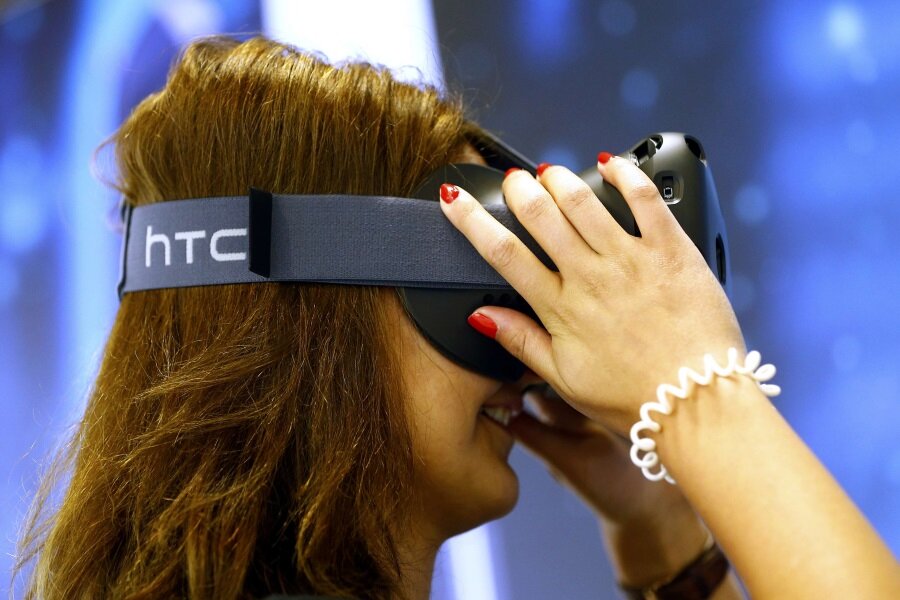Zero Latency: Inside the world’s largest virtual-reality theme park
Loading...
After decades of promise and prototypes, virtual-reality technology is finally coming to consumers. But what if, instead of strapping on a helmet and retreating into a digital world on your own, you could bring your friends into that same world? That’s the idea behind Zero Latency, a 4,300 square-foot virtual-reality facility in Melbourne, Australia that’s the closest thing so far to a Star Trek holodeck.
Zero Latency is essentially a large warehouse, gridded with white lines and monitored by 129 Sony PlayStation Eye cameras, which track motion and color. The cameras help to keep track of up to six players at a time as they move about in the warehouse. Each player is then fitted with an Oculus Rift VR headset and a backpack containing a computer to render the virtual environment. The players’ real-world movements in the warehouse correspond to their movements in the virtual world, where they can interact with digital objects and with each other.
CNET’s Bennet Ring got to try out the facility before it opened, and reported that it immersed him more or less completely. “Stepping onto the large freight elevator, my body sways to keep balanced as the rising platform lifts me into the zombie-infested city above,” he wrote. “I've been playing Zero Latency for mere moments and already I'm amazed at how it overwhelms my senses.”
In addition to backpacks and headsets, players are also given large plastic rifles with buttons for various functions, to aid them in mowing down zombie hordes.
As virtual-reality units such as the Oculus Rift and Sony’s Project Morpheus begin shipping out to consumers, people are beginning to experience VR in their homes. Zero Latency is a different take on VR: Rather than sitting on a sofa or standing in a relatively confined living room, players are given an entire warehouse to move around in. They can walk for hundreds of feet without hitting an obstacle, adding weight to the sense that the virtual world around them is real.
Scott Vandonkelaar, the director of Zero Latency, worked on the project for more than three years before opening it to the public this week. Funding came from crowdfunding campaigns, the state government, an investment firm, and the pockets of Mr. Vandonkelaar and his team. And although the headsets, cameras, and computers are built by other companies, the Zero Latency team had to write the software that allows those devices to work together to create simulated worlds.
Other virtual-reality facilities are sure to open up soon, and perhaps someday we’ll be able to simulate surroundings without the need for headsets or backpack computers. But until then, Zero Latency is probably the closest you can come to walking (and running, and shooting) in a digital world.






